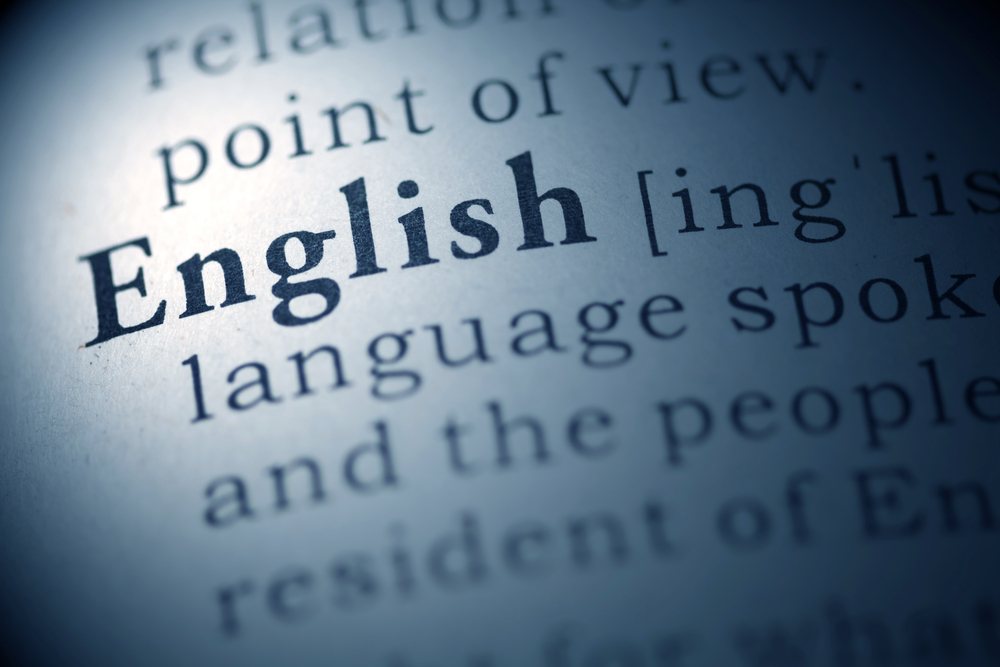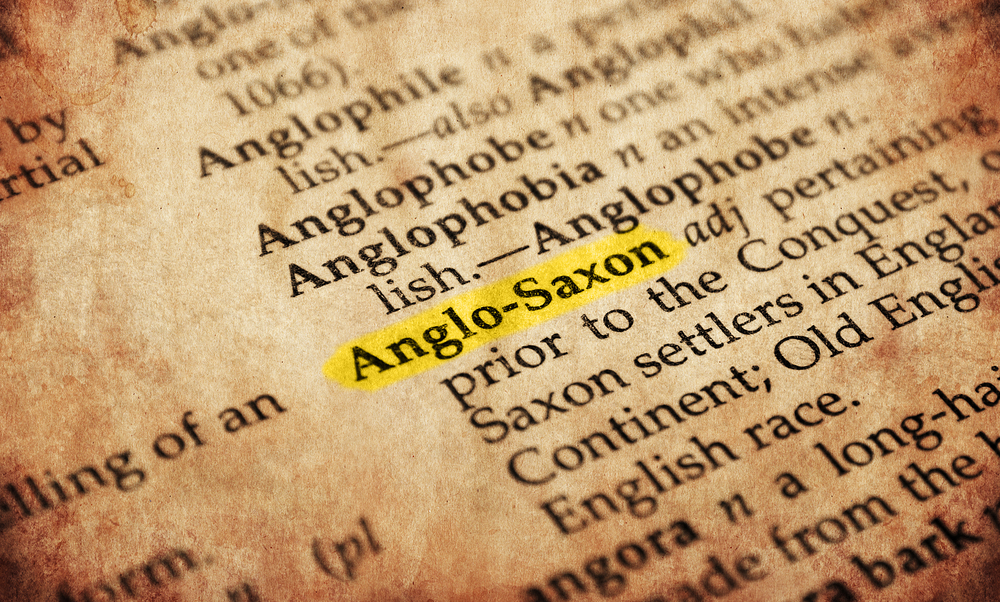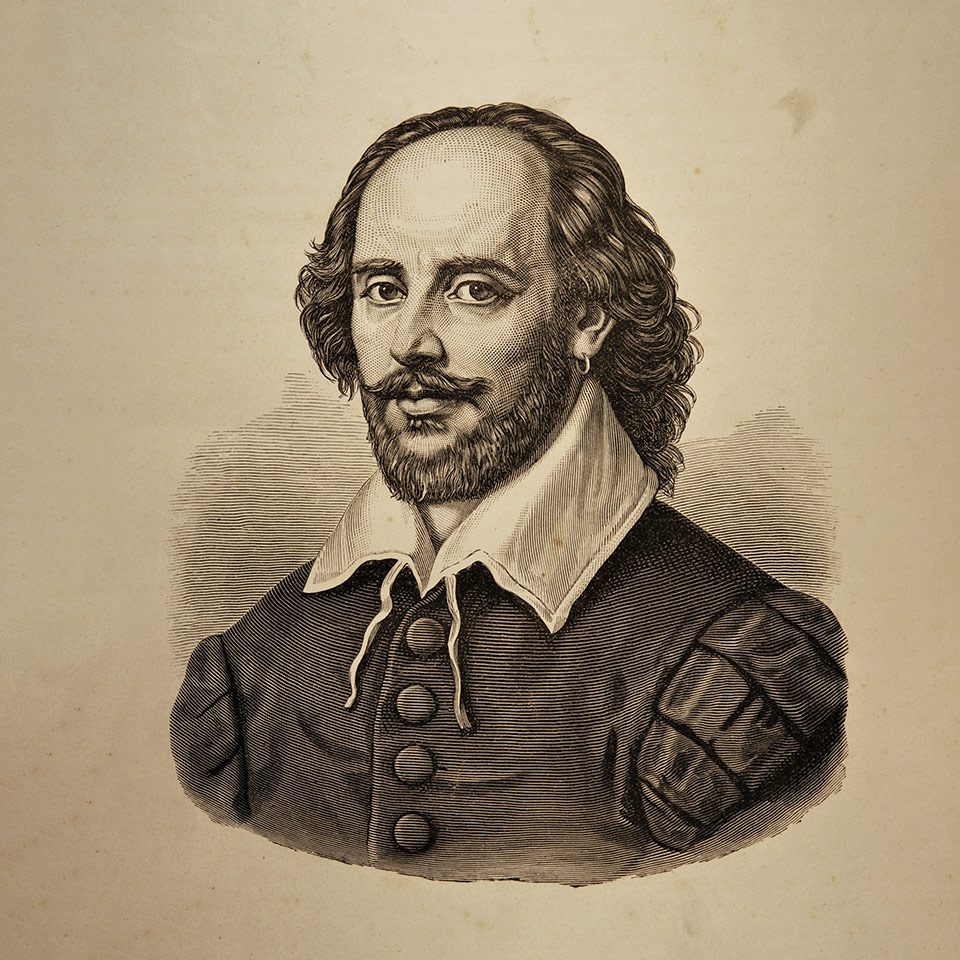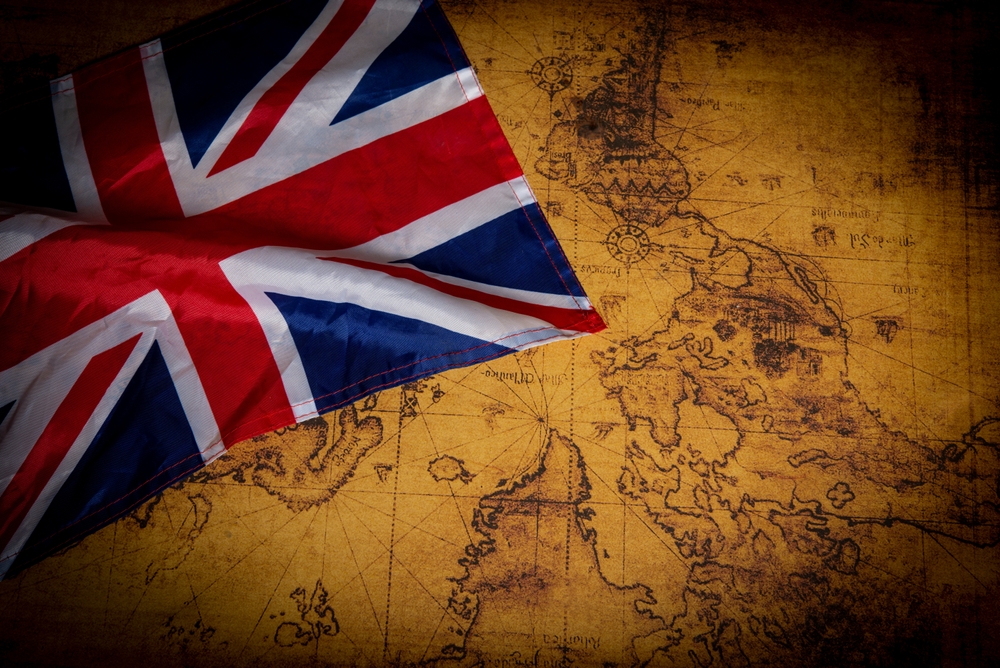The English language has a rich and fascinating history that spans over 1,400 years. From its humble beginnings as a regional dialect in Anglo-Saxon England, it has evolved into a language that’s spoken by over 1.5 billion people worldwide!

In this article, we’re going to take you back in time to explore the origins of the English language, and see how various invasions and migrations over the years have shaped it into what it is today.
English Language Origins
How Old is the English Language?
The English language is approximately 1,400 years old. It originated from a West Germanic language and was brought over to Britain in the mid 5th century by the Anglo Saxons (during a migration).
How the English Language Has Developed Over Time
Over the centuries, the English language has seen vast changes as it’s evolved from the
West Germanic dialects to Old English (developed by the Anglo Saxons) to the Modern English language that we’re familiar with today. In fact, it would be almost impossible for a Modern English speaker to understand the English of the Anglo Saxons at all!
Let’s start our journey from the beginning…
5th to 11th Century - Old English

Old English was the earliest form of the English language. This period of English, which lasted from the 5th to the 11th century, saw the development of the first written records of the English language. It was also sometimes known as “Anglo Saxon”, as it was spoken by the Anglo Saxons when they migrated to Britain from West Germany and Denmark in the mid 5th century. The Anglo Saxons have had a lasting impact on English vocabulary, as many of the words they used are still used in Modern English today! Common words such as "house," "man," "chicken," and "laugh" are just a few examples of words descended from Old English. In fact, there are around 4,500 Anglo Saxon words still in use today!
11th to 15th Century - Middle English

The 600 years beyond the 11th century saw the Middle English period, where the Norman Conquest of England in 1066 took place. This resulted in the subsequent influence of Norman-French on the English language, and introduced Norman French as the language of the ruling class for centuries to come. This, in turn, led to the development of a hybrid language known as Anglo-Norman French, which was a mixture of Old English and Norman French.
During this period, English underwent yet more significant changes, including the development of a more standardised written form, and the emergence of Middle English as a distinct language. There were many French “loanwords” introduced into Middle English too, along with a simplified inflectional system and fewer grammatical cases.
15th to 17th Century - Early Modern English

Moving beyond the 15th Century, the English language transitioned from Middle English to Early Modern English, and saw the spread of the English language beyond Britain.
As the influence of Norman-French began to decline, a more standardised form of English was established. This was partly due to the invention of the printing press in the 15th century. Printing had a significant impact on the spread of the English language, making it possible to produce books and other written materials on a large scale for the first time.
During this time, English vocabulary was also expanded through contact with other languages - including Latin, Greek, and French - and through the introduction of new ideas and technologies. But it was when the “Great Vowel Shift” took place that the language truly accelerated. The Great Vowel Shift was a series of changes in the pronunciation of English vowels, and it was a significant event in the history of the English language that had a lasting impact on the way we speak it today.
All these developments laid the foundations for the Early Modern English language, which was used from the 15th to the 17th century, and which was the language of Shakespeare and the King James Bible.
17th Century to the Present Day - Modern English

Since the 17th Century, we have been living in the Modern English period. During these years, the language has continued to grow and spread across the globe. The colonisation of North America and other parts of the world by English-speaking countries, as well as the rise of the British Empire, helped to further establish English as a global language.
With the establishment of colonies in North America in the 16th century, the English language came into contact with many indigenous languages, leading to the further borrowing and incorporation of new words and phrases. For example, did you know that words such as ‘skunk’, ‘raccoon’ and ‘tobacco’ were actually words adopted from Native America?!
As we entered the 17th century, we saw Early Modern English developing into the Modern English we use today, with the standardisation of grammar, vocabulary, and spelling. Moving into the 18th and 19th centuries, the growth of the British Empire allowed the English language to reach different countries and varying cultures.
Over the years, the English language has been influenced by a number of different factors. The profound impact the Anglo Saxons had on the English language - from bringing Old English to England, and shaping its vocabulary, grammar, and alphabet - can still be seen today, and their legacy continues to be an important part of the language’s history and development.
The spread of the British Empire, the rise of the Industrial Revolution, and the growth of technology and mass communication then further evolved the English language to what it is today: one of the most widely-spoken languages in the world, changing and developing in response to the world around it.
The English Language - Interesting Facts & Questions!
Why is English the Universal Language?
The British Empire was one of the largest and most powerful empires in world history, and its colonies and territories helped to spread the English language around the world. This led to the widespread use of English as a lingua franca. At present, more than 50 countries list English as their official language!
What is the Longest Word in the English Language?
According to the Oxford English Dictionary, the longest word in the English language is pneumonoultramicroscopicsilicovolcanoconiosis. It contains 45 letters! It refers to a type of lung disease that’s caused by inhaling super-fine silica particles. Medically, it’s shortened to Silicosis.
How Many Words Are There in the English Language?
The exact number of words in the English language is always difficult to determine, as new words are being added all the time and sometimes older words fall out of use. However, if we go by the Oxford English dictionary, it contains approximately 171, 146 words. However, this is just a fraction of the total number of words in use, and it is estimated that the actual number of words in today’s English language is well over a million!
Did you know?
- There are over 430 different definitions of the word "set" in the English language.
- The word "nerd" was first used in the 1950s by Dr. Seuss in his book If I Ran the Zoo.
- "Almost" is the longest word in the English language with all the letters arranged in alphabetical order.
- The phrase "rule of thumb" actually has a historical origin, dating back to 17th-century England. A "thumb's width" was used as a rough measure for the size of various household items.
As we’ve discovered, the English language is full of fascinating history and unique quirks that make it both challenging and enjoyable to learn, and we have the ideal resources available if you’d like to find out even more.
If you're interested in learning more about English and expanding your cultural knowledge, you'll benefit from our English Language Diploma Course. Alternatively, our Teaching English as a Foreign Language (TEFL) Diploma Course is designed to assist aspiring TEFL teachers with engaging techniques and approaches to help learners improve their English skills. Both courses are available for just £29 each for a limited time (reduced from £127 each).





